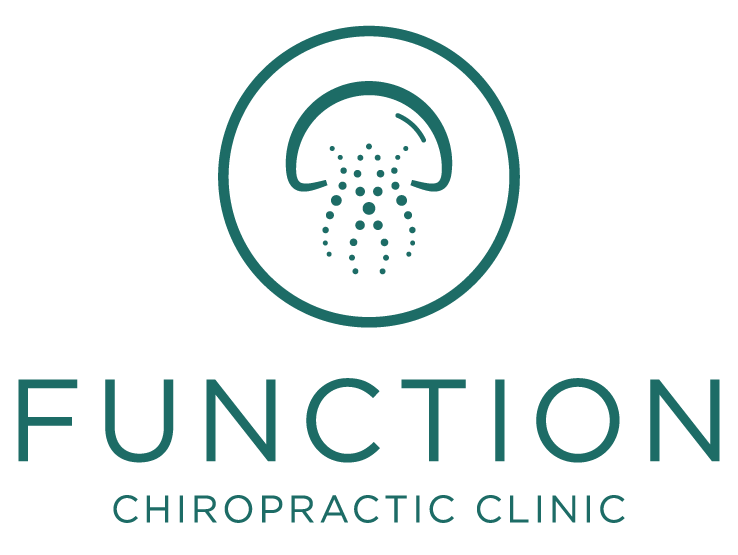Returning to Sport after Injury
How do you know when you’re ready to return to sport safely?
20/07/2024 By Sami Ikhlaq
(Approx 1-2 minute read)
Tips for returning to Sport
Are you itching to get back to your favourite sport after an injury? We get it – playing sports is not only fun but can also be a great way to stay healthy and socialise.
However, returning to high-impact activities too soon, before your body is ready, can put you at a higher risk of re-injury and can delay your recovery. The most common cause of reinjury is doing too much too soon.
Tips for returning to sports safely after an injury
Returning to sport after injury is headed up by our Sports Injury specialist, Sami Ikhlaq. Sami has a Batchelors degree in sports therapy and is currently doing a Masters degree in Physiotherapy. Here’s his main tips for returning to sport after pain or injury:
1. Build a strong foundation:
Before returning to your favourite activities, you should be able to do basic movements with minimal discomfort. For example, having full range of movement before returning to swimming or being able to jump and go upstairs before returning to some level of running. Your therapist will guide you throughout your programme, completing this and any prescribed exercises will help build a strong foundation and set you on the right track to build on it.
2. Start low, progress slow:
Gradual progression is key to a safe return to sports. Begin with lighter loads, for instance, if you’re getting back into running after a knee injury, start with 50% of your usual running distance and gradually increase the distance and intensity over time. This allows your body to adapt and get used to the demands of the sport. Not all injuries or people are the same, and you may return to sport sooner depending on your therapists opinion and your progress.
3. Prepare yourself:
Warm-up beforehand to reduce your risk of re-injury and consider how physical or emotionally stressful your week has been. If your body is already been busy or is already at capacity, it will not be as resilient until it recovers some energy. Use appropriate protective gear such as knee pads, and supportive braces tailored to your sport to help limit the impact on your body.
4. Listen to your body:
Your therapist will have helped you understand what to look out for during sports and when to get help. Not all pain or discomfort needs to be addressed immediately. Adjust your activities based on how your body feels, and use your therapist as a resource for any questions or concerns you may have.
5. Be Patient:
Returning to sports after an injury may not be the easiest process, but it can be a successful one. It is perfectly normal to have ups and downs, and pain flare ups do not always mean you have dont damage or sent your recovery backwards. Remember to take the necessary precautions, progress gradually, and listen to your body. Your clinic is here to support you every step of the way.
To book your Sports Therapy Assessment click here.
Our clinic is based in central South Woodham Ferrers, with free parking and is easily accessible from Maldon, Chelmsford, Wickford, Danbury, Rayleigh, Wickford, Latchingdon and Southminster.


